Delve into the arcane mysteries of D&D 5e’s Greater Invisibility spell. Discover its myriad uses, debate its comparison with other spells, and learn to implement it effectively in your gameplay.
Introduction
Within the realm of Dungeons & Dragons 5e, the art of becoming unseen is a powerful tool that can provide strategic advantages in a myriad of situations. Among the repertoire of invisibility spells, Greater Invisibility stands out as one of the most potent and versatile, and rightly so. This spell allows characters to perform a broad range of actions while remaining unseen to the naked eye, making it a game-changer in many scenarios.
The Greater Invisibility Spell: An Overview
Greater Invisibility is a 4th level illusion spell that renders you or a creature you touch invisible until the spell ends. The spell’s real strength comes from its ability to allow the recipient to attack or cast spells without breaking the invisibility. This sets it apart from the basic Invisibility spell, which dissipates the moment the invisible character attacks or casts a spell.
Greater Invisibility lasts up to a minute (requiring concentration), providing a significant advantage in combat scenarios. It’s available to several classes, including Bards, Sorcerers, and Wizards. Additionally, Warlocks can access it through the Trickery Domain or certain Eldritch Invocations.
| Spell Information | Details |
|---|---|
| Name | Greater Invisibility |
| School | Illusion |
| Level | 4th |
| Casting Time | 1 action |
| Range | Touch |
| Components | V, S |
| Duration | Up to 1 minute (Concentration) |
| Classes | Bard, Sorcerer, Wizard, Warlock (via Trickery Domain or Eldritch Invocations) |
| Effect | You or a creature you touch becomes invisible until the spell ends. Anything the target is wearing or carrying is invisible as long as it is on the target’s person. |
| Attack & Spell Casting | The target can attack or cast spells without breaking invisibility. |
| Counters | Can be revealed by spells such as “See Invisibility” or “True Seeing”. Can be ended by “Dispel Magic”. Outlined by “Faerie Fire”, negating advantages. |
| Advantages | Grants advantage on attack rolls, provides a defensive benefit as attacks against an invisible creature have disadvantage. |
This table sums up the main features, counters, and advantages of the Greater Invisibility spell, making it an excellent quick-reference guide during gameplay.
Why is Greater Invisibility Better?
Greater Invisibility’s distinct edge over basic invisibility is the ability to remain unseen even while attacking or casting spells. This provides not just a tactical advantage, but also a significant boost in damage output. The unseen attacker rule grants advantage on attack rolls, meaning the invisible character is more likely to land a successful hit.
While greater invisibility does not render you undetectable – creatures can still hear you, and spells like “see invisibility” or “true seeing” can reveal you – the advantage it grants in combat situations often outweighs these limitations.
Unraveling the Intricacies: FAQs on Greater Invisibility
Let’s delve into some frequently asked questions regarding this powerful and intriguing spell.
What is the point of greater invisibility 5e?
Greater Invisibility 5e grants the caster or a touched ally the ability to stay invisible while attacking or casting spells, making it a highly strategic tool in combat scenarios. The spell provides the advantage on attack rolls, enhancing the chance to hit and potentially dealing more damage. Moreover, attacks against an invisible creature have disadvantage, increasing its defensive capabilities.
Why is greater invisibility better?
Greater Invisibility trumps the basic Invisibility spell as it does not break after the invisible character attacks or casts a spell. This unique attribute allows the invisible character to continue their actions while enjoying the benefits of invisibility.
Does see invisibility work on greater invisibility?
Yes, the spell “See Invisibility” does work on Greater Invisibility. The spell allows the caster to see invisible creatures and objects as if they were visible, countering the effects of Greater Invisibility.
Can a warlock get greater invisibility?
Yes, a Warlock can get Greater Invisibility. It is accessible to them via the Trickery Domain, or the Eldritch Invocation “Shroud of Shadow,” provided they are of the required level.
Does Eldritch Cannon break invisibility?
No, an Eldritch Cannon’s attacks don’t break invisibility. The Artillerist Artificer’s Eldritch Cannon is considered a separate entity, and its actions do not affect the invisibility status of the Artificer.
Does dispel magic work on greater invisibility?
Yes, Dispel Magic can end Greater Invisibility. Dispel Magic ends spells on its target, and since Greater Invisibility is a spell, it can be dispelled.
Does Faerie Fire work on greater invisibility?
Faerie Fire does work on Greater Invisibility, albeit indirectly. While it doesn’t make an invisible creature visible, it outlines them in light, negating the advantage on attack rolls that invisibility usually grants, and removes the disadvantage on attack rolls against them.
Does invisibility spell make buildings invisible?
While the description of Invisibility and Greater Invisibility spells mention that the target becomes invisible, the target is typically a creature. The Dungeon Master’s Guide (DMG) could allow for this kind of creative usage, but usually, buildings and larger structures are beyond the scope of these spells.
Does invisibility give advantage on spell attacks?
Yes, Greater Invisibility does grant advantage on spell attacks. The rule for unseen attackers applies to spell attacks as well as weapon attacks, making Greater Invisibility a powerful tool for spellcasters.
Does guiding bolt negate invisibility?
Guiding Bolt doesn’t negate invisibility, but it does confer a unique advantage. If Guiding Bolt hits, it grants advantage on the next attack roll made against the target. This effectively negates the disadvantage from the target being invisible, but the target remains invisible until the spell ends.
Does casting a spell break invisibility 5e?
For the basic Invisibility spell, yes, casting a spell or making an attack would break invisibility. However, Greater Invisibility allows the recipient to cast spells or make attacks without breaking the invisibility.
Does attacking with spiritual weapon break invisibility?
No, attacking with Spiritual Weapon does not break Invisibility or Greater Invisibility. Spiritual Weapon makes its own attacks separate from the caster, and so doesn’t interfere with the caster’s invisibility status.
Conclusion
Greater Invisibility is a formidable tool in the Dungeons & Dragons 5e universe, providing a significant edge in both offensive and defensive combat scenarios. Understanding the spell’s nuances, limitations, and potential interactions is key to leveraging its full potential. Whether you’re a seasoned spellcaster or a budding magician, the art of unseen action offers a thrilling new dimension to your gameplay, promising unforeseen victories and unforgettable tales of heroism.
Remember, the power of invisibility isn’t just about becoming unseen – it’s about mastering the unseen to create visible impact.




